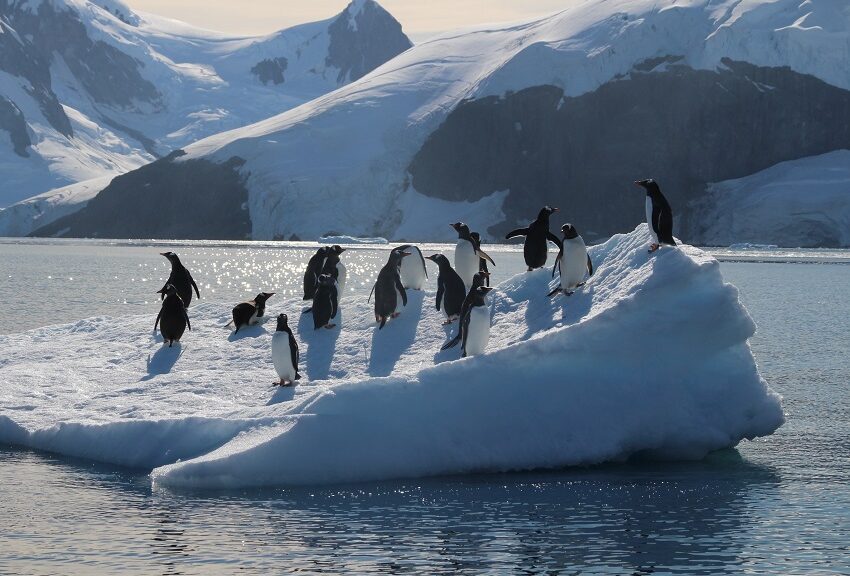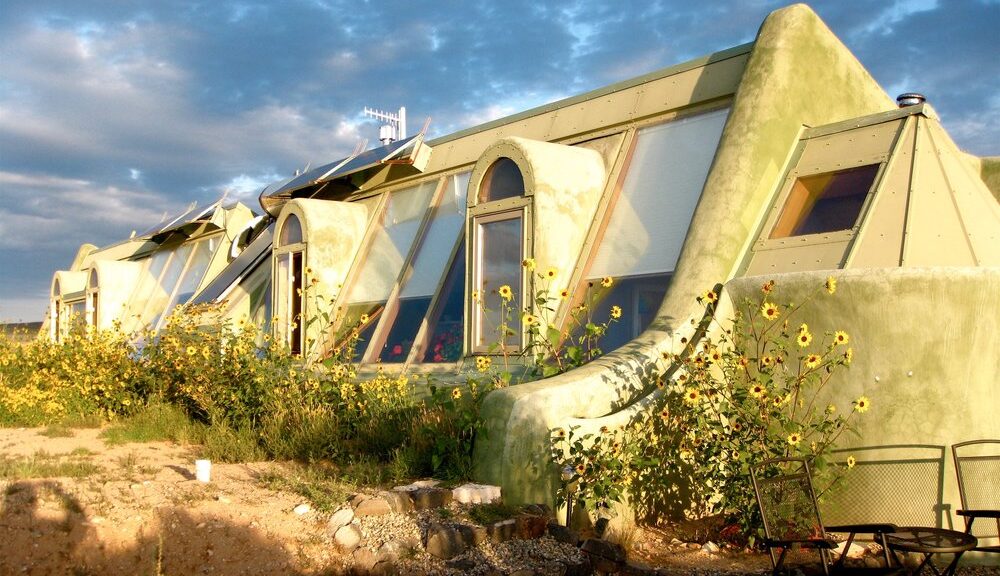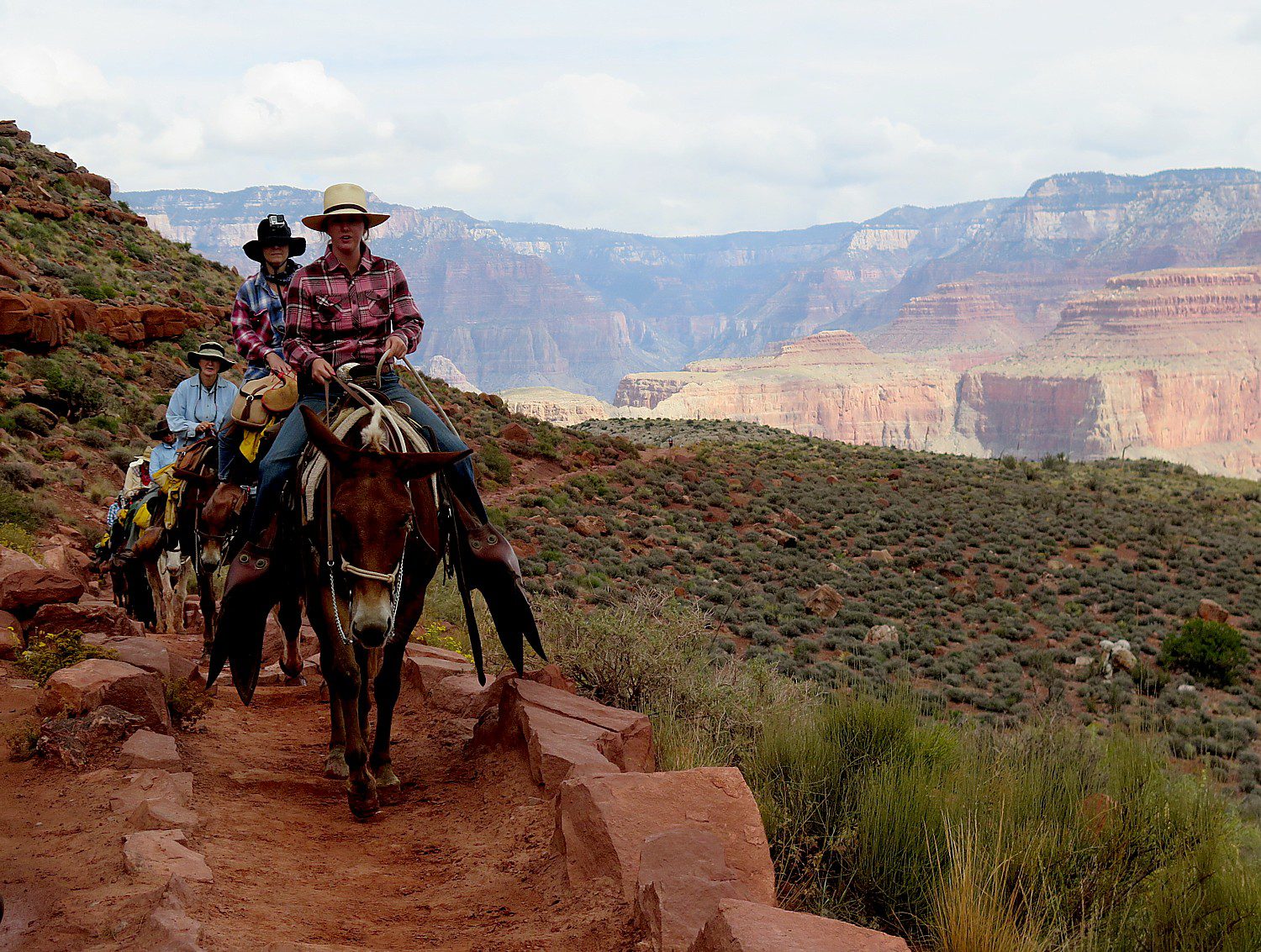
With cooler temperatures, colorful leaves, fewer crowds and, this year, a “ring of fire” eclipse, fall is a great time to travel. From desert hiking and biking to mountain, rainforest and island adventures and early Antarctica expeditions, here are 12 stellar trips this season.
- Utah Eclipse Trek: Backpack the Boulder Mail Trail through the Grand Staircase-Escalante National Monument in southern Utah with Wildland Trekking for an adventure among slickrock formations, ponderosa pine-covered plateaus and canyons with spring-fed creeks. A five-day departure in October will offer the opportunity to take in “ring of fire” views as an annular eclipse passes overhead. https://wildlandtrekking.com/trips/boulder-mail-trail/
- Early Season Antarctica: Avoid the turbulent waters of the Drake Passage and reach Antarctica faster by booking an early season fly-and-cruise expedition through Adventure Life. Begin the eight-day trip in Punta Arenas, Chile, then fly two hours to King George Island, board the Magellan Explorer and cruise among the icebergs, penguins, seals, and whales of the white continent. https://www.adventure-life.com/antarctica/cruises/13000/classic-antarctica-air-cruise
- Autumn in Austria’s Alps: With a long fall season thanks to its lower elevation, Best of the Alps destination Kitzbühel, Austria, is the perfect getaway for a hiking, biking and culinary getaway as the leaves change color. Hike among grassy slopes, mountain summits, lakes and waterfalls, ride the roads, flowing singletrack and easy e-bike tours, and savor the flavors of a traditional farmers’ market, award-winning restaurants and food festivals. https://www.bestofthealps.com/en/d/kitzbuhel/
- Death Valley Eclipse Bikepacking: Ride the heart of the Mojave Desert, from Death Valley National Park to Red Rock Canyon, during the Oct. 14th annular eclipse with Escape Adventures. On this five-day bikepacking tour, navigate the wide valley floor, sunbaked foothills and stacks of boulders, stopping to visit historic sites accessed by 1930s-era Civilian Conservation Corps roads. https://escapeadventures.com/tour/death-valley-and-red-rock-mountain-bike-tour/
- Amazon Autumn Adventure: Experience the astounding biodiversity of the Amazon rainforest during a stay at Ecuador’s Sacha Lodge. The 5,000-acre private ecological reserve surrounding the lodge is home to more than 600 bird species and other wildlife, providing guests an up-close opportunity to learn about the rainforest from naturalists and native Quechua guides. https://www.sachalodge.com/
- Piedmont Culinary + Hiking: The wine region of Piedmont could very well be the ultimate destination for casual hikers who are also food and wine lovers. Accommodations during your journey include a UNESCO site, a wine estate, and a boutique hotel in the countryside. In early October, it might still be harvest time for the nebbiolo grapes and the colors make the hills and vineyards look like they are painted! https://www.tourissimo.travel/piedmont-barolo-hiking
- Yellowstone Horseback Fly Fishing: Travel by horseback into Yellowstone National Park’s interior and cast for trout on seldom-fished streams guided by the experts at Flying Pig Adventures. Whether it’s for a few hours or a full day, a family or a group of friends, Flying Pig will handle all the details for a truly unique Yellowstone fishing excursion. https://www.flyingpigrafting.com/flyfishing-montana
- Cycle Across Japan: Ride & Seek Bicycle Adventures’ 22-day Samurai Tour travels through three distinct parts of Japan and immerses cyclists in the country’s spectacular landscape, culture and history. Explore the enchanting Noto Peninsula and the Japanese Alps, follow the road less traveled across the smallest of Japan’s main islands and ride around Mount Fuji to the shores of the Pacific Ocean. https://rideandseek.com/tour/samurai-shikoku-island-japan/
- National Parks by RV: National parks saw huge crowds over the summer, but fall is a great time to visit for less traffic and pleasant temperatures. Blacksford rents fully stocked Mercedes-Benz Sprinter overland adventure vehicles from Winnebago with all-inclusive pricing that provides unlimited miles, bedding, kitchen and bath supplies, Wi-Fi, a free annual pass to the national parks and 24-hour roadside assistance. https://www.blacksford.com/
- Jackson Hole Glamping: Wyoming’s Fireside Resort offers 25 luxuriously outfitted tiny house rental units designed by Wheelhaus just a short distance from Grand Teton National Park and the Jackson Hole ski slopes, making it the perfect place to stay for a fall getaway or winter ski trip. https://www.firesidejacksonhole.com/
- Fall Galapagos Adventure: Fall is one of the best times of year to visit Ecuador’s Galapagos Islands, particularly when it comes to wildlife and weather. The Finch Bay Galapagos Hotel has joined forces with Scalesia Galapagos Lodge to offer a new weeklong program that includes day trips aboard the yacht Sea Lion, glamping in luxury tents on Isabela Island and visits to remote locations that highlight the incredible diversity of the archipelago. https://www.scalesialodge.com/
- Fall in Big Sky: A visit to Big Sky, Montana, and stay at The Wilson Hotel offers the opportunity for fall adventures in Yellowstone country. With elk bugling and pockets of aspen trees turning golden amid the green forest, hike and mountain bike the trails surrounding town, fish the Gallatin River or take one last tour of Yellowstone National Park’s natural wonders before roads close for the season. https://thewilsonhotel.com/
For more travel features, visit:
Going Places @ theisland360.com
goingplacesnearandfar.wordpress.com
www.huffingtonpost.com/author/karen-rubin
travelwritersmagazine.com/TravelFeaturesSyndicate/
goingplacesfarandnear.tumblr.com/
instagram.com/going_places_far_and_near/
instagram.com/bigbackpacktraveler/
‘Like’ us on facebook.com/KarenBRubin
Twitter: @TravelFeatures





















